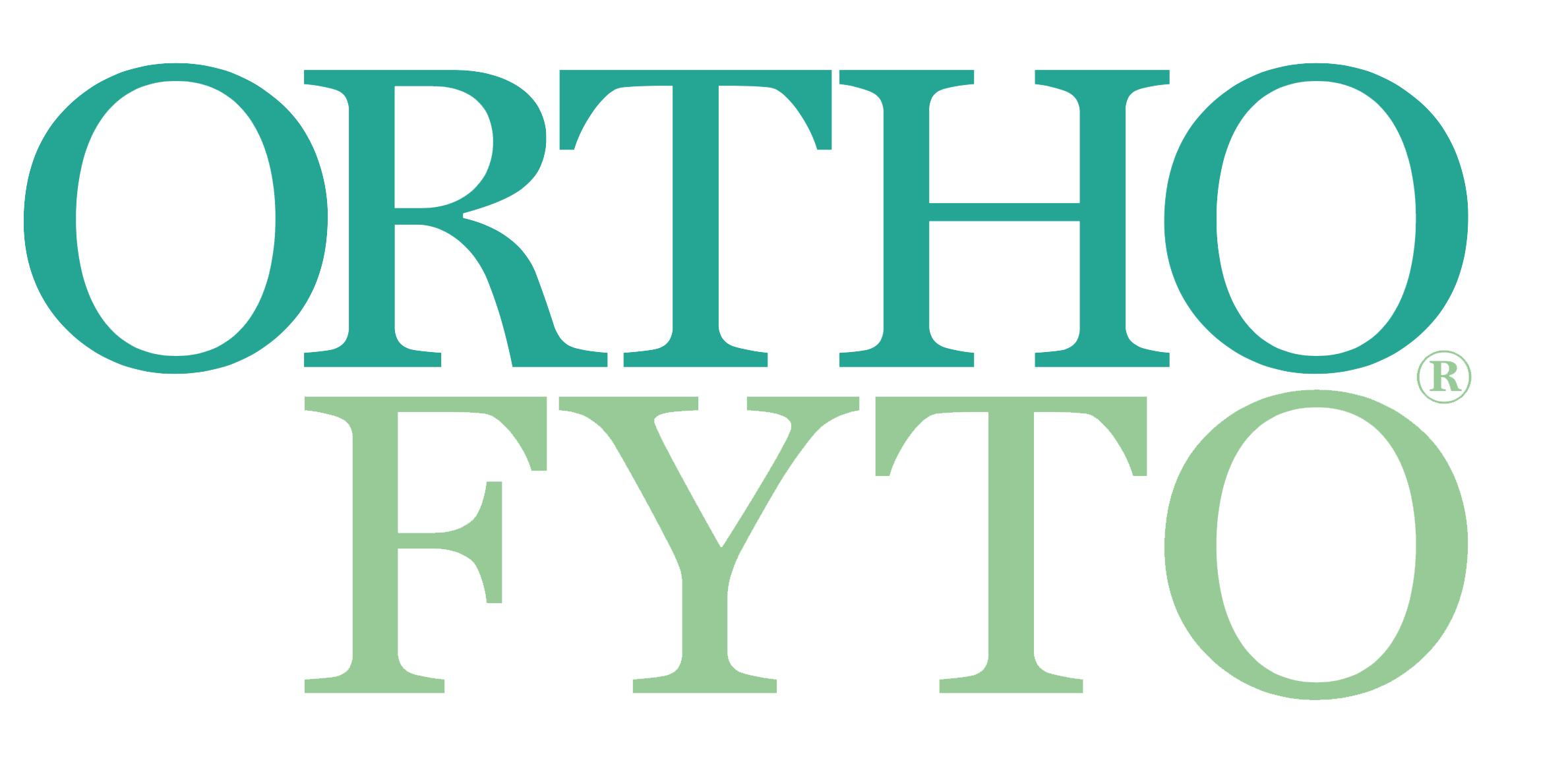Het coherente hart als omvattend brein en medicijn
28 Mar, 2022
Heartmath werkt met emoties en die blijken een aanzienlijk sterker effect op het tempo en de regelmaat van de hartslag en overige lichaamscellen te hebben dan gedachten 1. Zou het hart naast de darmen ook wel eens ons tweede brein kunnen zijn? Hart Ritme Variatie (HRV) en hartcoherentie (hoog HRV) zijn Heartmaths parameters. De Heartmath-technieken kunnen eenvoudig door iedereen worden toegepast. Daarmee levert de methode een bijdrage aan wellicht één van de meest ondermijnende fenomenen van deze tijd: stress.
Het Heartmath Instituut verwoordt het mooi: ‘A change of heart changes everything’. Maar wat houdt hun methode precies in en wat doet het? Waar kan het meerwaarde hebben in jouw dagelijkse praktijk? Sinds haar oprichting in 1991 doet het Amerikaanse Heartmath Instituut onderzoek naar achtergrond, werking en impact van de Heartmath-methode op onze algehele gezondheid 2. Het instituut heeft tevens een ‘curriculum’ aan technieken ontwikkeld, dat individuen in staat stelt hun HRV positief te beïnvloeden 3. Er is inmiddels een grote hoeveelheid wetenschappelijk materiaal geproduceerd, dat de kracht van een hoge HRV blootlegt.
Meer informatie:
www.heartmath.org
www.heartmathbenelux.com
Wilt u het hele artikel als PDF ontvangen? Bestel het dan hier voor € 3,50.
Bronnen:
1. Giulia Enders G. De mooie voedselmachine. Luitingh-Sijthoff B.V. Amsterdam 2014;
2. McCraty R, Atkinson M, Tiller WA, et al. The effects of emotions on short-term power spectrum analysis of heart rate variability. The American Journal of Cardiology, 1995 76(14), 1089–1093;
3. McCraty R, Barrios-Choplin B, Rozman D, et al. The impact of a new emotional self-management program on stress, emotions, heart rate variability, DHEA and cortisol. Integrative Physiological and Behavioral Science: The Official Journal of the Pavlovian Society, 1998, 33(2), 151–170;
4. McCraty R, Zayas MA. Cardiac coherence, self-regulation, autonomic stability, and psychosocial well-being. Frontiers in Psychology, 2014b, 5, 1090;
5. Shaffer F, McCraty R en Zerr CL. A healthy heart is not a metronome: an integrative review of the heart’s anatomy and heart rate variability. Frontiers in Psychology, 2014, 5, 1040;
6. HeartMath LLC 2008;
7. Berry ME, Chapple IT, Ginsberg JP, et al. Non-pharmacological Intervention for Chronic Pain in Veterans: A Pilot Study of Heart Rate Variability Biofeedback. Global Advances in Health and Medicine : Improving Healthcare Outcomes Worldwide, 2014, 3(2), 28–33;
8. Kraaijenhof H. Stress and Heart Rate Variability (HRV), 2005;
9. Mouthaan J, Sijbrandij M, Luitse JSK, et al. The role of acute cortisol and DHEAS in predicting acute and chronic PTSD symptoms. Psychoneuroendocrinology, 2014,45, 179–86;
10. Cryer B, McCraty R, Childre D. Pull the Plug on Stress. Harvard Business, review july 2003;
11. McCraty R, Zayas MA. Cardiac coherence, self-regulation, autonomic stability, and psychosocial well-being. Frontiers in Psychology, 2014b, 5, 1090;
12. Alabdulgader AA. Coherence: a novel nonpharmacological modality for lowering blood pressure in hypertensive patients. Global Advances in Health and Medicine: Improving Healthcare Outcomes Worldwide, 2012,1(2), 56–64.;
13. McCraty R, Atkinson M, Tomasino D. Impact of a workplace stress reduction program on blood pressure and emotional health in hypertensive employees. Journal of Alternative and Complementary Medicine (New York, N.Y.), 2003,9(3), 355–369;
14. McCraty R, Atkinson M, Tomasino D, et al. Analysis of twenty-four hour heart rate variability in patients with panic disorder. Biological Psychology, 2001, 56(2), 131–150;
15. Henriques G, Keffer S, Abrahamson C, et al. Exploring the effectiveness of a computer-based heart rate variability biofeedback program in reducing anxiety in college students. Applied Psychophysiology and Biofeedback, 2011,36(2), 101–112;
16. Lloyd A, Brett D, Wesnes K. Coherence training in children with attention-deficit hyperactivity disorder: cognitive functions and behavioral changes. Alternative Therapies in Health and Medicine, 2010, 16(4), 34–42;
17. Lutz, B. An Institutional Case Study: Emotion Regulation With HeartMath at Santa Cruz County Children’s Mental Health. Global Advances in Health and Medicine : Improving Healthcare Outcomes Worldwide, 2014, 3(2), 68–71;
18. Pusenjak N, Grad A, Tusak M, et al. Can biofeedback training of psychophysiological responses enhance athletes’ sport performance? A practitioner's perspective. The Physician and Sportsmedicine, 2015, 43(3), 287–299;
19. Sarabia-Cobo CM. Heart coherence: a new tool in the management of stress on professionals and family caregivers of patients with dementia. Applied Psychophysiology and Biofeedback, 2015, 40(2), 75–83;
20. Weltman G, Lamon J, Freedy E, et al. Police department personel stress resilience training: an institutional case study. Global Advances in Health and Medicine: Improving Healthcare Outcomes Worldwide, 2014, 3(2), 72–79;
21. Soer R, de Jong AB, Hofstra BL, et al. Does Mindfulness Improve After Heart Coherence Training in Patients With Chronic Musculoskeletal Pain and Healthy Subjects? A Pilot Study. Global Advances in Health and Medicine : Improving Healthcare Outcomes Worldwide, 2015,4(4), 50–55;
22. Soer R, Vos D, Hofstra B, et al. Heart coherence training combined with back school in patients with chronic non-specific low back pain: first pragmatic clinical results. Applied Psychophysiology and Biofeedback, 2014,39(3-4), 259–267;
23. Cryer B, McCraty R, Childre D. Pull the Plug on Stress, by. Harvard Business Review july 2003
24. Climov D, Lysy C, Berteau S, et al. Biofeedback on heart rate variability in cardiac rehabilitation: practical feasibility and psycho-physiological effects. Acta Cardiologica, 2014, 69(3), 299–307;
25. De Jonckheere J, Ibarissene I, Flocteil M, et al. A smartphone based cardiac coherence biofeedback system. Conference Proceedings : ... Annual International Conference of the IEEE Engineering in Medicine and Biology Society. IEEE Engineering in Medicine and Biology Society. Annual Conference, 2014, 4791–4794;
26. HeartMath LLC, Folder Mwave Heartmath Benelux, 2007;
27. Houtveen JH, Hornsveld HK, van Trier J, et al. Questioning the mechanism behind slow breathing and heart coherence training. Tijdschrift voor psychiatrie, 2012, 54(10), 879–888;
28. McCraty R, Shaffer F. Heart Rate Variability: New Perspectives on Physiological Mechanisms, Assessment of Self-regulatory Capacity, and Health risk. Global Advances in Health and Medicine : Improving Healthcare Outcomes Worldwide, 2015; 4(1), 46–61;
